Palak Pheasant

Dive into this delicious Indian dish, utilizing upland game in a spinach curry
My wife first introduced me to Indian food several years ago on one of our first dates in Spokane, Washington. The place was much like something you might find in a metropolitan subway—cramped but full of character.
Admittedly, I was resistant to the idea of something entirely new. It wasn’t love at first bite. Over the years, whether while visiting India Palace in Lawrence, Kansas, or Passage to India in Wichita, I’ve learned to absolutely relish Indian food. The flavors are layered, with a deep sense of personality and spices in every dish.
For wild game, Indian cuisine is that special arrow in my quiver. Yes, I’ve had to invest in some above-average-cost spices, but that initial investment goes a long way and lasts for many dishes. Additionally, most Indian dishes are a “variation on that, a variation on this,” but for the most part, the same roster of spices remain. For freezer-burnt game, Indian food, complete with a couple days in a yogurt marinade, is one of the best remedies.
So with the history of Indian food and my wife, and some pheasant gathering frost in the freezer, this dish made perfect sense as our first home-cooked meal upon returning home with our newest daughter, Zinnia Lone (her middle name even comes from a town in Washington).
Yes, there is a lot of reading below, but this dish isn’t hard to make.
A note on ingredients: You want the kasoori methi and garam masala. Sometimes those are harder to find in some stores. Order online if your local grocer doesn’t have them. No, you don’t need mustard oil. A little bit of mustard oil drizzling adds a small something, but not a lot. Further, you don’t need green tomatoes—you can use the same amount of pureed, roasted red tomatoes. It’ll obviously change the flavor profile, but the headliner here is the pheasant and spinach.

Palak Pheasant
Ingredients
Method
- Cut pheasant breasts (or other upland bird breasts) into cubes.
- In a food processor, blend all marinade ingredients other than yogurt and bird meat. Add blended mix to mixing bowl, then stir in yogurt.
- Add cubed breast meat to mixing bowl. Thoroughly mix, then cover with plastic wrap. Place in fridge to marinate for 48 hours.
- When ready to cook, in a large (preferably cast-iron) skillet on medium-low heat, add a thin layer of sunflower oil, followed by chopped red onion. Lightly salt and pepper. Once onions start to brown, add tablespoon of salted butter and stir in, picking up any brown bits from onions.
- While cooking onions, heat oven to 400 degrees Fahrenheit and roast green tomatoes for 40 minutes. Once roasted, peel skin and cut out core. Blend green tomatoes (without skin or core) in food processor until thoroughly pureed. Set aside.
- After deglazing onions with butter, add 1½ Tbs freshly chopped garlic and 1 Tbs freshly chopped ginger. Stir and allow to cook for couple minutes then add skillet contents to food processor and thoroughly puree. Set aside.
- In same large skillet, add a very thin layer of sunflower oil and a few very small drizzles of mustard oil. Heat to 400-450 degrees and add marinated pheasant (no need to rinse yogurt off). Be careful not to crowd the pan as you want a nice sear on the pheasant, so this may take 3-5 batches of cooking (with potentially adding a few more drizzles of both oils).
- After browning all pheasant chunks, add them back to the skillet along with all other ingredients: pureed green tomatoes, pureed onion, garlic, ginger mix, and 2 cups of chicken stock. Cook for 10 minutes with pheasant, stirring frequently, then add 1 cup of heavy whipping cream, along with 1 tbsp of brown sugar, 1½ teaspoons of garam masala, and ½ teaspoon each of cumin and red chili powder. Mix thoroughly and allow cream to reduce for 15 minutes.
- In a separate, large pot, bring water and 6 oz of fresh spinach to a simmer and, when slightly soft, remove and drain water. Add the spinach to the food processor along with 2 Tbs kasoori methi. Blend thoroughly and add to skillet.
- Stir the remaining spinach into the skillet slowly (a small handful at a time) until it’s soft and mixed in with sauce. Allow to simmer for half hour. Salt to taste.
- To make rice, add 2 cups of basmati rice and 2¾ cups cold water to medium saucepan, cover, and bring to a boil. Once boiling, reduce to very low and turn off the heat once all water is absorbed (usually takes 10-15 minutes).
- To serve, spoon out sauce and pheasant into a bowl. Serve rice on the side, or serve sauce and pheasant atop rice. Garnish with sliced red sweet peppers and a side of warm naan bread.



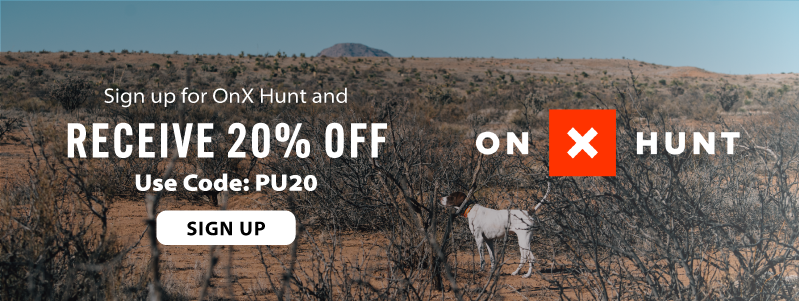
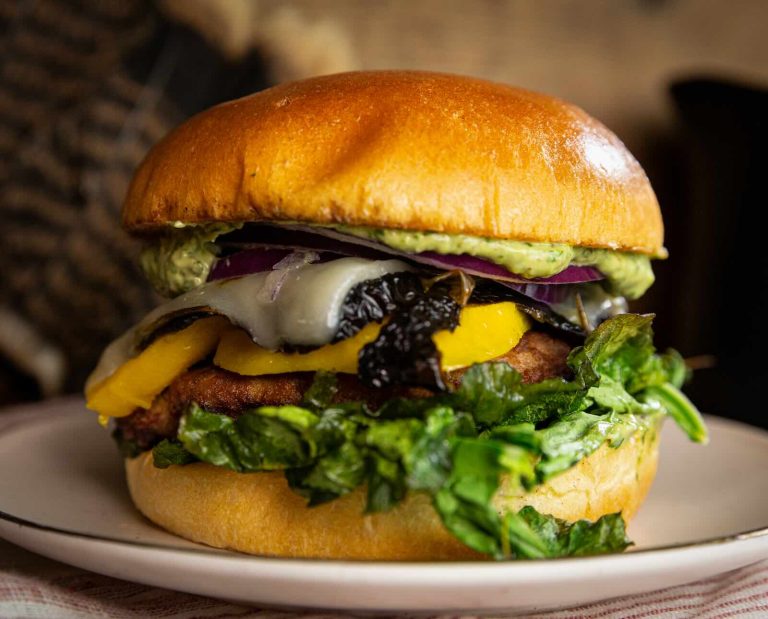
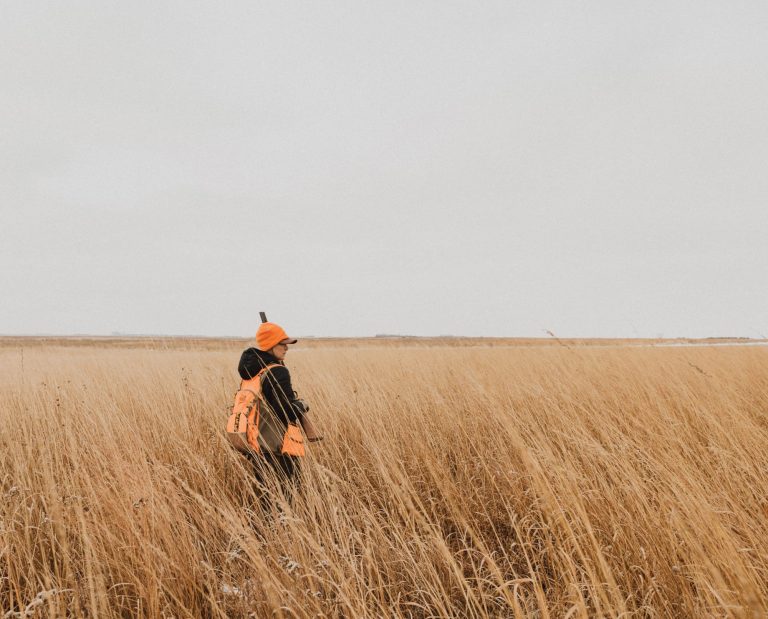
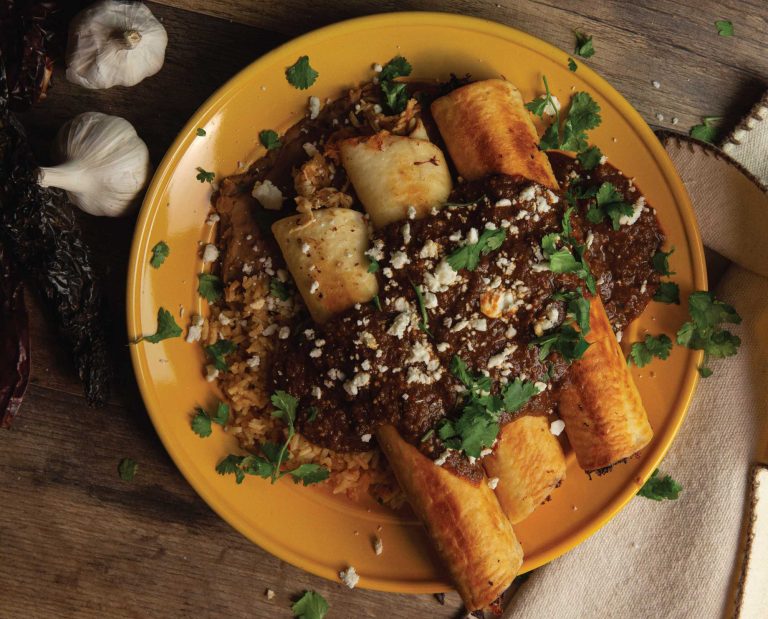

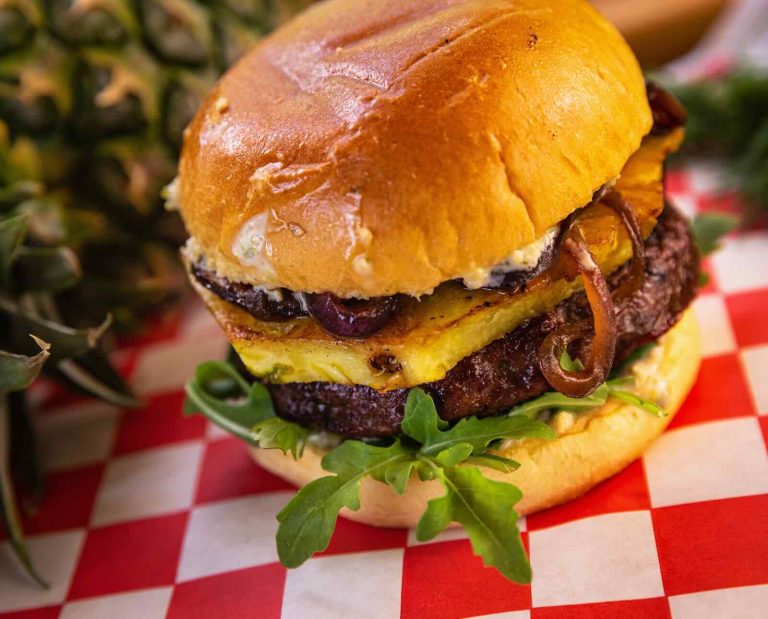
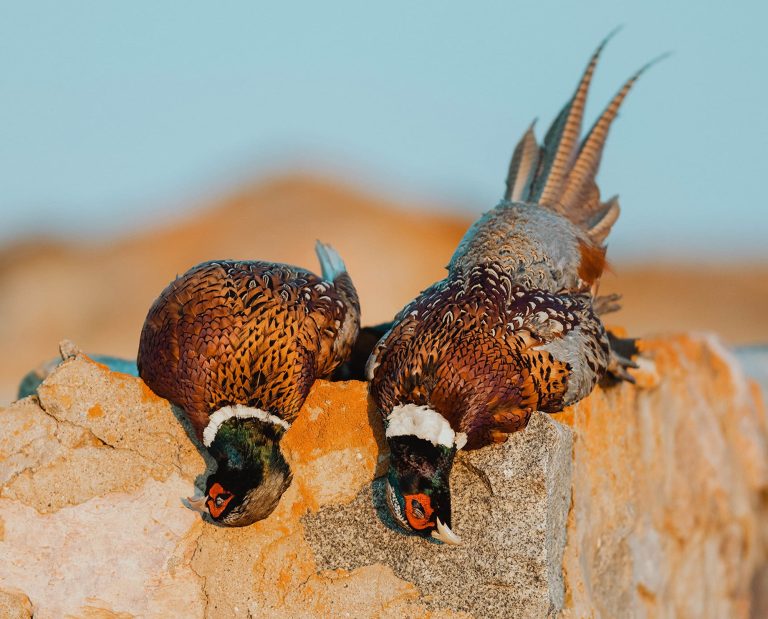
If you are hunting without a dog,You are missing out on the oldest deepest bond in the hunting field,
Yes! Bingo! You win the internet today with that single sentence!
I think the article is a bit of a strawman too. Are there really hordes of dogless hunters suffering emotionally from rejection at the hands of those who hunt with dogs? No. I didn’t think so.
I think the truth is the opposite, that many, if not most of us who hunt with dogs started out without a hunting dog and were invited along with someone who had a dog. That’s how I got introduced to the sport and I would wager I am not unique in that regard.
I have also invited plenty of dogless people to hunt with me and my dogs and I think there are a lot of dog-owning hunters who do the same.
I think that article was more of a making people feel ok for not having dogs. There’s a lot of people that get into this and think they need to have a dog to bird hunt. We try to be minimalists since we don’t have a ton of money and still hunt and have to put in the miles.
The bond is totally true too. I can’t wait till I can get another dog to train up. Even the training dogs is a huge part of hunting that not having a dog makes you miss out on.
What I got out of it is that regardless of if you have a dog or not, trying to find a bird is a point of ethics. As a duck hunter I see people lose birds in the reeds all the time and do nothing other then walk around for a second to find a duck. We like to add any lost birds as part of my bag limit so that I’m not shooting too many birds but that’s all.
So for bird recovery your able to put your nose to the ground like a dog and track a wounded bird?
The best thing a dogless hunter can do is become friends with a hunter with a dog. Upland hunting is pretty friendly community, it’s not that hard. Time in the field is more productive and enjoyable with dogs. Watching a good dog work or the switch going on for a pup is a thing of beauty.
While there maybe species of birds that are mostly recoverable without dogs, I haven’t hunted them. Saying you can find as many birds as a dog is like saying you can out run one. You can try, but it will never happen.
Yeah, ya don’t. I hunted for years with out one until I was fortunate to have one. A really good one. (I now have 10). But I believe your lecture is misplaced. I never was left out and I have never left out anyone because of a lack of a dog.
I think it all comes down to actual numbers. The argument that “more” birds are lost when not using a dog. I’ll grant that some are lost, but. How many bad shots are taken? How many “wounded” birds, per year or per hunt, fly off? Are we talking 1 or 2 per year, per hunt, per day? If the latter, then maybe more practice at the range would be better than a dog. Growing up, when we didn’t have a setter, we still hunted. We still collected our birds. I really can’t remember loosing one. So, lets flip it a bit, should deer hunters use dogs? I know first hand of several “lost” deer due to poor shooting, poor tracking ability, and other reasons. Foot hunters, dogless, are still upland hunters. Why ostracize them, look at them sideways, or otherwise discouraged them? Embrace them and thank them for their contribution to conservation.
FYI I know that to hunt deer in some European countries it is a legal requirement where you have to prove you have access to a tracking dog. You also need to pass hunter exams i.e. to prove you can identify species, seasons and also place humane shots.
I have seen birds ‘pillow cased’ and therefore rendered inedible, not cool!
Regarding deer and dogs, I actually stopped hunting deer for a few years, one reason being I did not have a functional dog (too old) to track them when they run–sometimes 100 yards or more–even after a good shot. Perhaps I’m lazy but I never saw good reason to learn blood tracking when, hunting my own land, I could simply go home after shooting a deer (muzzle loader), usually in near darkness within 5 minutes of closing, have a Scotch, get my dog (Labs in the past, a Griff now) and return to the place I shot the deer and command “Find!” They could do in about 30 seconds in the dark what would have taken me perhaps hours, if I found it at all. I’ve never lost a deer using a dog to find a downed one. And, BTW, never had a problem with dogs chasing deer.
Article is not worth reading
So what you’re saying is you’re better off without a dog if you have an untrained mut? I think that’s a fair statement, you could also substitute mut for lab ;). With a well trained bird dog you will not only find more birds, but you now have a chance at recovering wounded birds. No man without a dog that I know could catch a Chukar running up hill with a broken wing.
I’ve been on both sides. Started hunting grouse without a dog and had fun and found most of my birds. Then owned dogs for 30 years and really appreciated the experience of hunting with a good dog and the bond you have, and them finding birds you never would have found. I almost always looked for a friend to take along that liked to bird hunt but didn’t have a dog. I hope to own one again, but I will simply not do the dog injustice sitting in a kennel most of the year just to take on the few times my schedule allows me to go right now. With as few bird hunters as there are left, we need to encourage others to experience the challenge and excitement of hunting wild game birds, with or without a dog.
I really like everything about Project Upland BUT you really missed the boat on this one. I do not think that you can truly experience the essence of upland bird hunting without the presence of the dog. The interaction of the dog and game is truly the heart of the experience. When a good dog strikes bird scent, trails that scent to its origin and holds the quarry until you arrive to flush you have truly experienced upland bird hunting. I welcome ALL hunters but you can not have the total experience of upland bird hunting without the dog.
100% agree that is a lot missed without a dog. Both very different experiences. Your last statement “I welcome ALL hunters . . .” is the reason we create articles like this. Because not all people in our community are accepting like you. We wish more could agree with that and still preach bird dogs!
“By no means am I saying to not spread the holy word of bird dog obsession. Just remember it’s okay if someone chooses not to. Still invite them along, still share a place at the table. There is a huge benefit to us all being part of the same upland community.”
Thanks for the input ans support Terry.
This is an interesting subject. We shouldn’t exclude people for not having a dog we should encourage them to hunt with someone who has so they can see the benefits.
Here in Scotland we have the same debate around wildfowling duck and geese (waterfowling) and deer hunting in forests.
I would welcome everyone into the hunting community and encourage them to learn all it’s traditions , hunting with people who have dogs until they can see if their lifestyle is suitable to having dogs. If not they should continue to hunt with friends who have dogs.
It isn’t acceptable or humane to hunt and not be able find wounded or dead game. Whether it’s your dog or a friends doesn’t matter , but a good dog is must .
Our small group of four hunts with two pointing dogs, a Britt and a GSP, and two Labs. The older lab has a 99% retrieve rate, even in CRP quarter sections in South Dakota. I would guess the retrieve rate without her on wounded birds would be close to zero in the heavy stuff. If I could take only one dog, I would take the Lab, as her tail wagging speed is almost as good as a point in locating a bird. The pointing dogs will lose interest in tracking a running bird in the thick stuff, the Lab will run it to the next county. All in the genes.
If I couldn’t take a dog, I would stay home and shoot clays and watch football.
I am going to have to, not exactly disagree with other replies,but something like it. When it comes to upland game, a dog adds another element, sure. They find birds that we don’t, they retrieve birds we’d rather not, they’re often full of unique personality. But to say that anyone is doing it wrong, or worse yet to think yourself better, because they lack dog power is a sin and disservice to the community. I hunt with and without dogs. Depending on the location, weather, and hunting pressure, I’ll choose to leave the dog at home. In fact, my holdout field corner, my honey hole, where I can nearly always kill a rooster, has rarely produced a bird in the presence of a dog. Why? Beats me. My point is that dogless hunting (particularly solo) can be just as satisfying as with a dog, and nearly as successful. Taking responsible shots is as important with a dog as without. And for those that won’t look for a bird the dog couldn’t find, simple shame. If you can walk that far to kill it but won’t bend to search for it yourself, shoot skeet and stay on the pavement.
No one should be alienated from enjoying bird hunting due to the lack of dog power, but to say there isn’t an ethical dilemma concerning bird hunting without a dog is naive at best. While the act of bird recovery may be based on “personal ethics”, in reality, bird recovery is based on the percentage of birds recoverd. Once an individual makes the transition from a casual bird hunter to a dyed in the wool bird hunter, they should be willing to use a dog for the sake of the birds we love.
I have never hunted but am very interested in learning…in fact, this post has encouraged me to try harder. I live in a metro area and don’t know any hunters willing to take me out. In addition, a dog of any sort is not possible for us, and a bird dog would be doubly so. While I appreciate the fact that hunting with a dog is part and parcel of a well rounded upland experience, I doubly appreciate the fact that someone is willing to encourage new hunters… Here’s a thought: for all of you say the only way to hunt is with a dog, I challenge each of you to take an interested newbie out with you and your dog each time you go into the field for the rest of the season. If you are not willing to do that, perhaps you are part of the problem of declining hunter numbers and the resulting potential loss of habitat and hunting and gun rights that accompanies the decline of shooting sports.
Chris, where do you live? I bet we can find a mentor for you that would be happy to take you out. Feel free to email me – [email protected].
Interesting article AJ. I wonder what the loss is like without a dog and wonder if you can get that info. Tom Roster, who worked with the Cooperative North American Shotgunning Education program (CONSEP) has been doing research on wounding loss for 30 years. His info Is really good stuff. I personally participated in one of his trainings in Missouri. He had folks from all over the country in the class and I served as “dog handler” for two days. It was a really interesting class and if I remember correctly, this class went from recovering about 30% of wounded birds (without a dog) to better than 90% recovery of wounded birds (without a dog) through extensive training. P.S. we recovered all birds deemed by Tom as “wounded” in the field with dogs. So for sure, a good retriever is worth their salt.
Very interesting stuff! Would be a great article to get that information out there. And as always thank you for the continued efforts you folks are doing at PF and QF on mentoring!
Nice article. I personally feel that losing birds is never ok. It’s a commitment to training reliable retrieving and taking clean shots. i understand it doesn’t fit with everyone’s lifestyle. You are welcome to come hunt with me and my dogs!
I, think everyone is missing the point.. its not about the killing a bird, its about watching one of best athletes on earth do what he was born to do. If you have never thrilled at seeing a bird dog go from full speed To an unimaginable full statue stop, and stay there unmoving until his owner gets there. You probably can’t understand why a guy like me lives where I do so i can keep bird dogs.
Having a dog that can find dead birds should be required. I get A little sick when I see a group of rabbit hunters blasting away at our dwindling supply of quail. I’m unable to hunt these days and it hurts to hear people talk about hunting without a good bird dog.
After keeping bird dogs for over 50 years. I can’t imagine someone trying to justify bird hunting with no dog.
Tx Dan